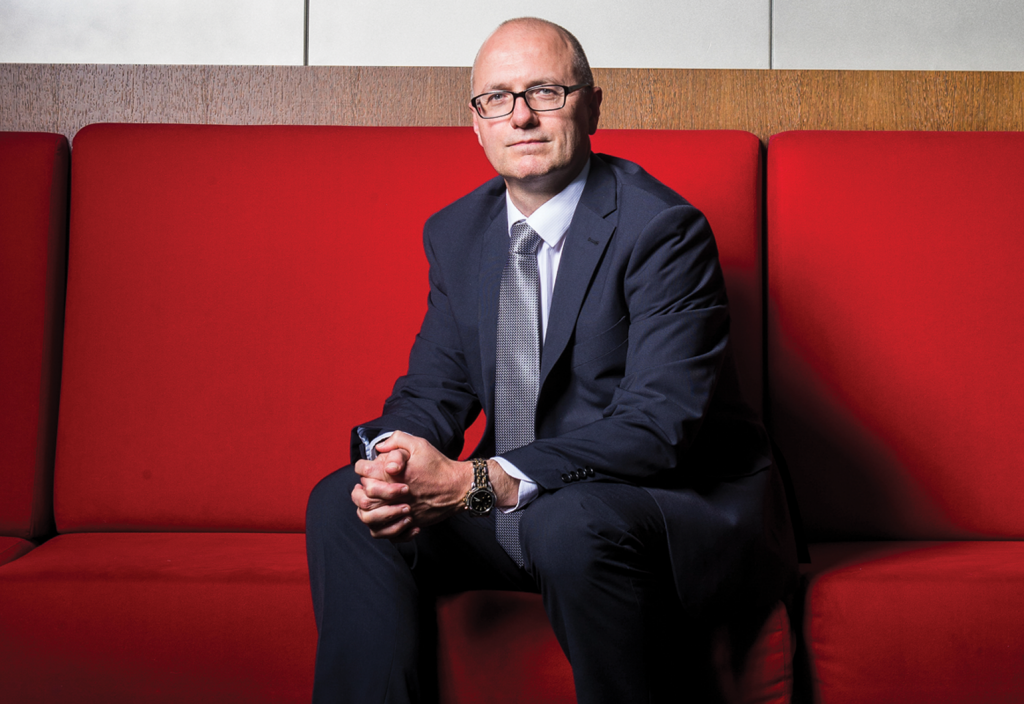From his early interest in aeronautics, Graham Smith has risen to the top of the defence industry, overseeing a diverse set of projects.
As chief engineer of Saab Australia, Graham Smith oversees activities in one of the nation’s leading companies in the defence industry. His interest in the sector, however, dates to his childhood.
“My interest in defence and aerospace was from fairly early days,” he told create.
“My dad worked for a company called Plessey in the UK, and specifically he was a toolmaker and built parts for many aircraft, including the Concorde. So we used to go to airshows quite regularly.”
His interest in aerospace grew into a passion for defence, which grew into a 30-year career. And part of what has helped Smith is his Chartered status with Engineers Australia.
“One of the challenges for me as an engineer was that I was a science degree graduate rather than an engineering degree graduate,” he said.
“I ended up working within predominantly engineering roles and that was fine; I was able to execute the role with the qualifications that I had and the practical experience.”
The credential clarified that he had the experience to fulfil the demands of an engineering role.
“As I progressed, I was asked to take on responsibilities under what are termed regulatory frameworks, especially within the defence environment,” Smith said.
“To hold those regulatory delegations without Chartered status would be very difficult for me with a three-year degree.”
It was a previous engineering director who, in 2005, encouraged him to pursue the qualification. At first, the process was daunting, but he realised he was demonstrating abilities he had already acquired.
“At the time, I probably didn’t really understand the value it was going to offer me in the future, but subsequently it really has helped me, and I’ve not looked back,” he said.
Today, he’s looking forward to applying his talents at Saab.
“There’s a lot of challenging work both within the defence and the non-defence side,” he says. “Being able to apply the experience that I’ve built over many years to some of the really challenging programs that they’re going to be doing … was appealing.”
Smith said he’s proud of his Chartered status.
“It’s an acknowledgment of my capability and also allows me to be recognised within the broader industry and broader stakeholder community as being somebody who has the credentials to do the role I do.”
Graham Smith’s 5 tips for success
- Find a mentor to model yourself on — it doesn’t have to be one person.
- As well as technical skills, soft skills become so important as you take on more senior engineering roles.
- Take calculated risks to learn. I learned more from difficult problems than easy ones.
- If you are presenting a problem to a leader, offer a possible solution as well.
- Engineering is the pathway to so many career development opportunities. The world is your oyster.
Interested in learning more about the Chartered credential? You may already have what it takes to become Chartered. Find out more here and start your pathway to Chartered today.
